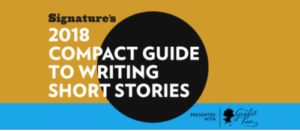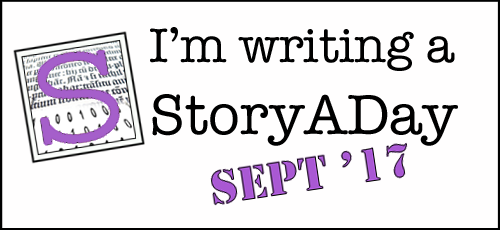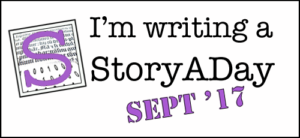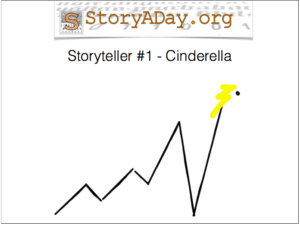Today’s guest prompt comes from Jen Silverman.
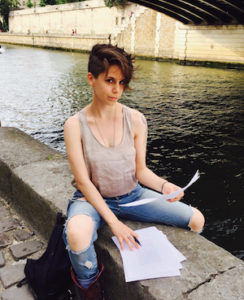 Jen Silverman is a New York–based writer and playwright, a two-time MacDowell Fellow, and the recipient of a New York Foundation for the Arts grant and the Yale Drama Series prize. She was awarded the 2016–17 Playwrights of New York fellowship at The Lark and is a member of New Dramatists. She completed a BA in comparative literature at Brown University and an MFA in playwriting at the Iowa Playwrights Workshop, and was a fellow at the Playwrights Program at Juilliard.
Jen Silverman is a New York–based writer and playwright, a two-time MacDowell Fellow, and the recipient of a New York Foundation for the Arts grant and the Yale Drama Series prize. She was awarded the 2016–17 Playwrights of New York fellowship at The Lark and is a member of New Dramatists. She completed a BA in comparative literature at Brown University and an MFA in playwriting at the Iowa Playwrights Workshop, and was a fellow at the Playwrights Program at Juilliard.
For more advice for burgeoning short story writers, Download Signature’s Compact Guide to Writing Short Stories!
The Prompt
My approach to story-telling has always been character-driven. I’m fascinated by characters who are driven by overwhelming desires, who risk big, who long to transform.
Much of my professional writing has been for the theatre, as a playwright, and so when I teach writing, I focused on unlocking new understandings of characters, and accessing their individual voices.
This prompt is about exploring the “engine” of your main character. What drives them? Who are they when the stakes are high and their back is to the wall? Pick one of the following 4 scenarios and explore: how would they deal with this situation?
- Backed into a corner, your character tells a lie to protect him/her self.
- Your character has been plotting blood-chilling revenge on someone. Now both are sitting down to dinner together.
- Your character goes to a psychic, who tells them something frightening that changes how they see their future.
- Your character is obsessed with something. They think they will do anything to obtain it. The person they love most in the world stands in their way.
Tips
- Ask yourself about your protagonist’s initial instincts? Are they a runner? A fighter? A lover? Fearful or forward? Visceral or heady?
- The story you’re working on doesn’t have to contain stakes this high, for this prompt to be useful. Maybe you’re writing a quiet naturalistic story about a relationship dissolving.
- The work you did to unearth your protagonist’s emotional range can still come into play, with the dial turned down to 5 instead of up to 10.
For more advice for burgeoning short story writers, Download Signature’s Compact Guide to Writing Short Stories!

